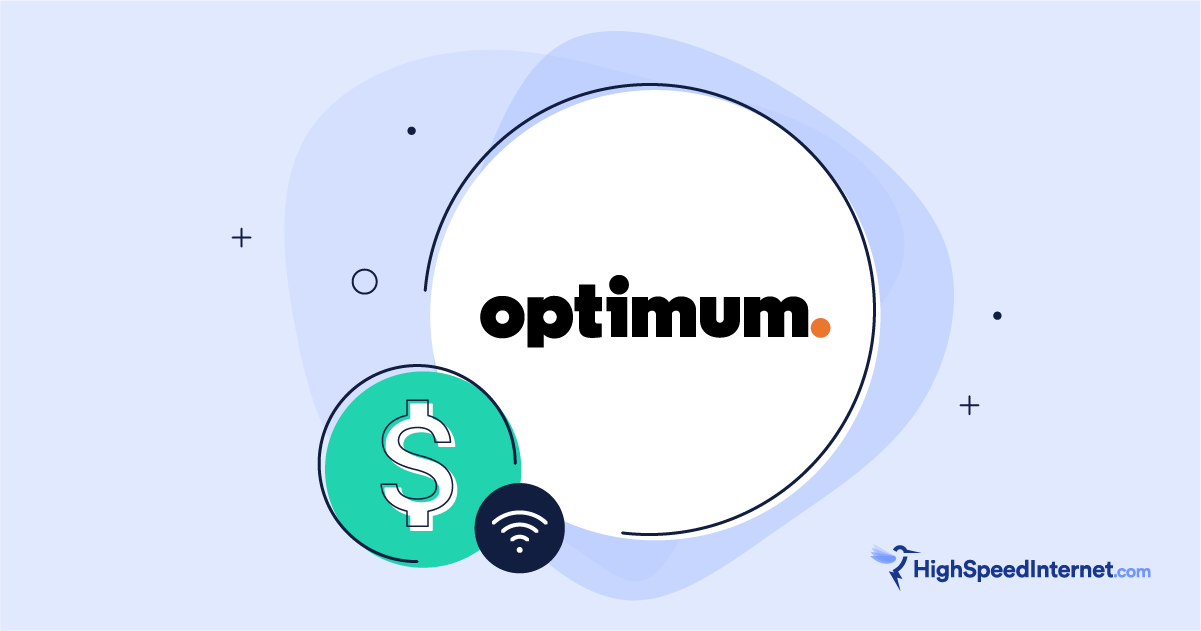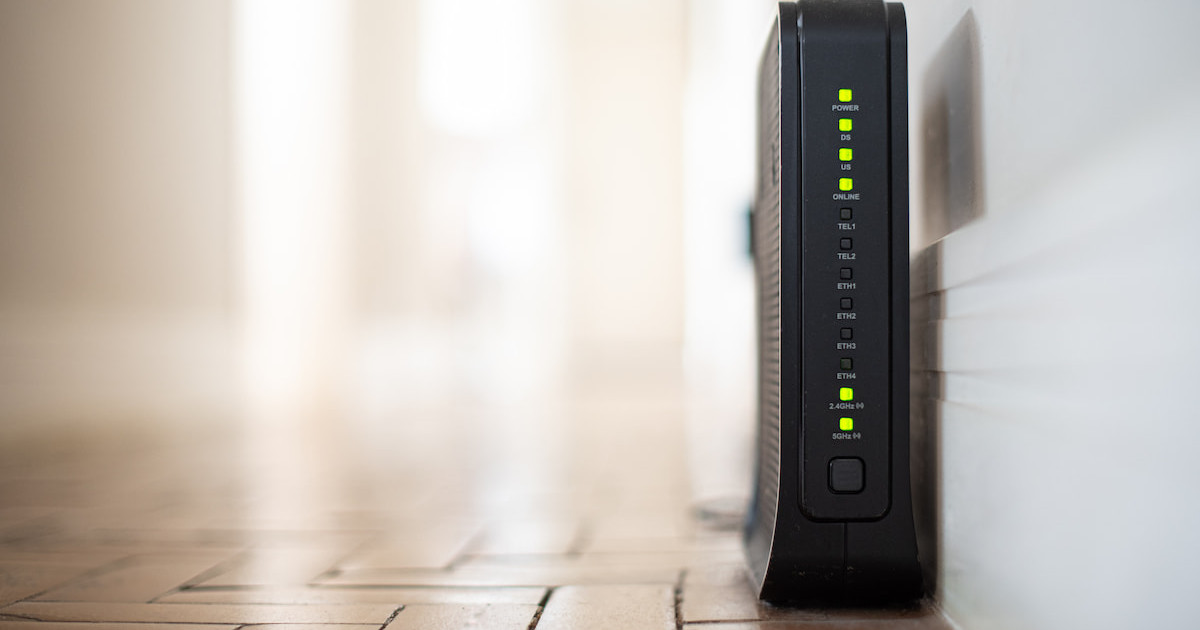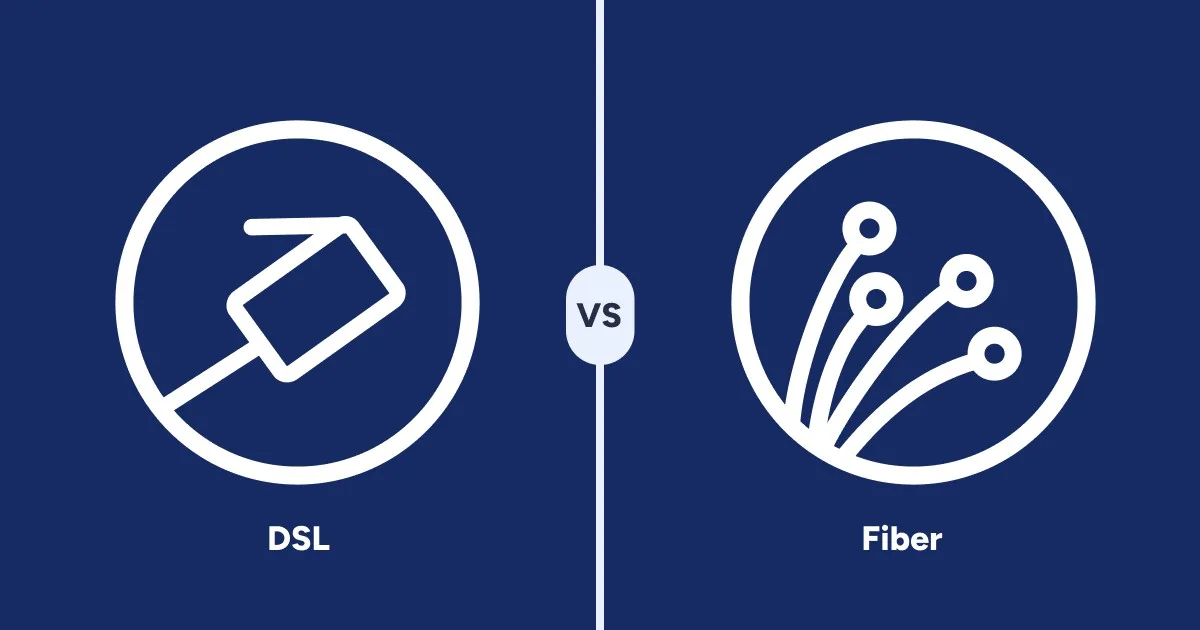Internet Installation
Feb 19, 2025 | Share
FAQ
Once you’ve made the decision to upgrade to a broadband internet connection, you’ll have to either hook it up yourself or get someone to hook it up for you. If you’re not confident in your abilities and have a friend or family member who can handle the job, great. But, if not, don’t assume you need to browse internet installation companies to find someone else to do it. The job is really much easier than you might imagine, with the help of a few internet installation tips.
Already signed up with an ISP? Learn about internet installation with specific providers below:
How to install internet at home
Equipment from your ISP will likely come with an internet self-install kit. This will include all the cables and other accessories you’ll need to complete a basic installation, and an instruction manual.
The internet self-installation will vary slightly depending on the equipment you choose and how you’re connected to the internet — cable, fiber, or DSL. Regardless of the type of internet you get, you can set up either a wired or wireless connection.
Hardware setup
For a wired connection, one cable will connect your broadband modem to the wall jack, and another will connect directly computer’s ethernet port. To set up a Wi-Fi connection, connect to a Wi-Fi router instead of directly into your computer’s ethernet port. Then use any devices to connect to the Wi-Fi network.
Internet self-installation with your own equipment
The internet set up process is exactly the same with your own equipment. The only significant difference between using a modem and router provided by an ISP and using your own is cost. You’ll pay more up front using your own, but if you keep it for a few years it will pay for itself. The installation process is exactly the same.
Software setup
In most cases, you’ll need to customize your network settings with information that your ISP will give you. For example, if you’re using an Apple computer and you’re connecting for the first time, you’ll need to open your Network Preferences within your System Preferences. There you’ll choose the type of connection you’re using, such as Wi-Fi or Ethernet. Then you’ll need to enter the information your ISP supplied, which will include a series of numbers for your DNS server and possibly TCP/IP — these are your Internet Protocols (IPs), but don’t worry if you don’t know what these terms mean. Just enter the ISP-provided numbers where appropriate. Before you make a switch, it may be a good idea to read a tutorial specific to your computer’s operating system, like this one for Apple computers.
Author - HSI Staff




